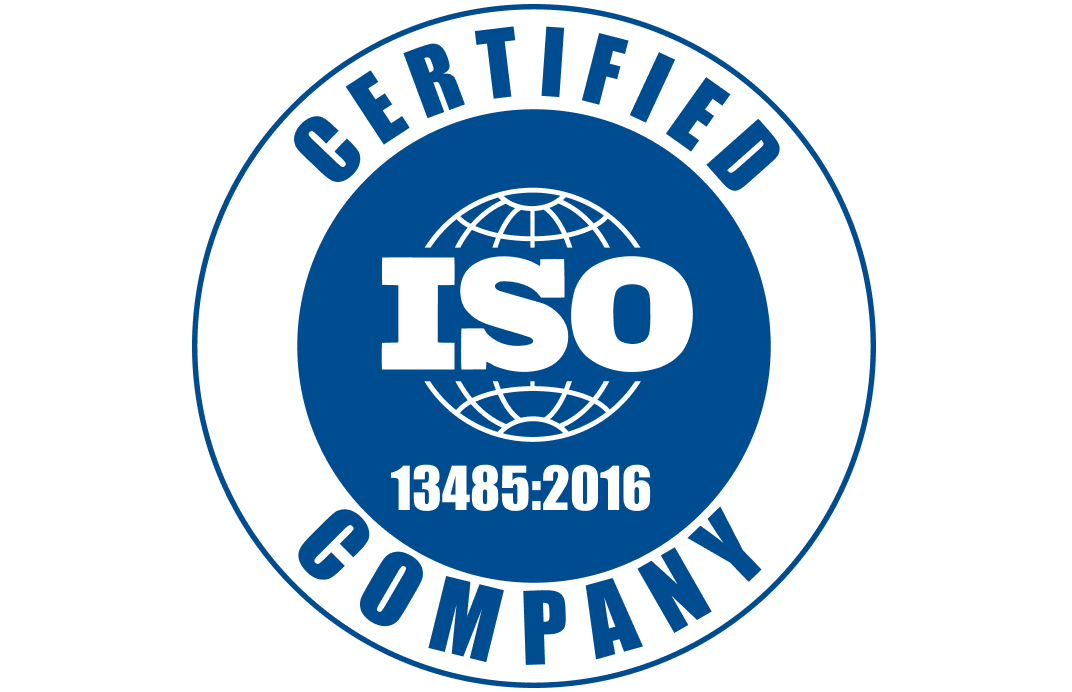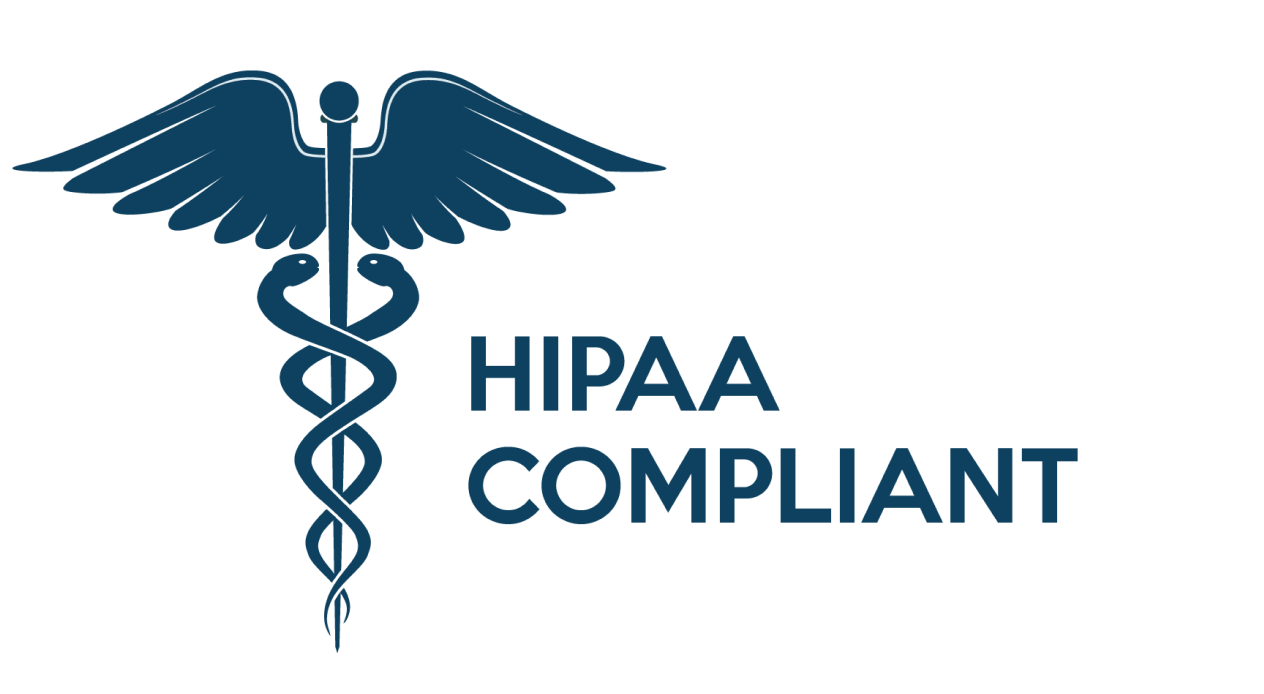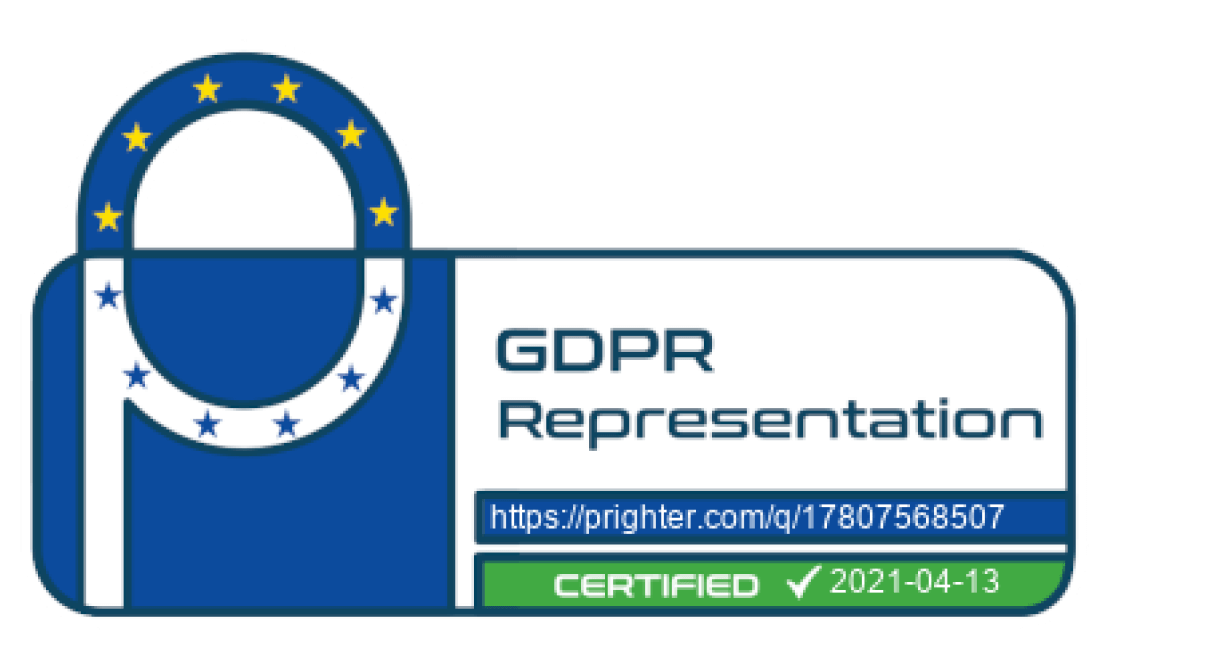7 Ways to Enhance Elderly Care with Video-Based Health Checks
Life expectancy is on the rise, and the number of people in need of elderly care is rapidly increasing. According to the WHO, by the year 2030, 1 out of 6 people will be aged 60 or older, and “by 2050, the world’s population of people aged 60 years and older will double,” reaching 2.1 billion. Population aging, the shift in distribution of a country’s population towards older ages, is happening worldwide, occurring in both high-income and low-income countries alike.
The Rising Costs of Living Longer
Longer life expectancy brings a number of challenges to healthcare providers, insurers, nursing home and assisted living facilities, and families, including overworked staff, burdens on families, and rising healthcare costs. “According to an OECD report, the over-65 age group accounts for 40-50% of healthcare spending and their per capita healthcare costs are three to five times higher than for those under 65.” These costs are often generated by a growing need for age-related procedures and treatments that push up costs of long-term care.
Moreover, looking after the elderly is labor-intensive for both caregivers and family members. Caretakers spend ample time checking vital signs, administering medications, bathing, repositioning, and attending to the needs of residents. As more people age and the number of people in the workforce shrinks, this burden will only continue to grow, while simultaneously worsening the labor-shortage crisis already affecting nursing homes and assisted living facilities. The resulting gap will likely yield lower quality of care, poorer health outcomes, and both physical and financial strain on healthcare systems and family members.
Meeting the Needs of an Aging Population with Video-Based Health Checks
To help address the needs of aging populations, insurers, healthcare providers, nursing homes, and assisted living facilities must introduce new technologies to meet the demands of population aging. Binah.ai’s video-based health checks support a number of use cases that help enhance elderly care, making it more cost-effective and efficient, supporting the independence and welfare of seniors, and reducing the burden on caregivers and families.
Here are 7 ways video-based health checks can support elderly care providers in their efforts to improve services:
- Reduce Costs on Equipment and Improve Efficiency– Reduce the need for traditional, manual methods of vital signs measurement that require additional hardware and staff to operate. Enable seniors or caregivers to quickly and conveniently measure a wide range of vital signs in one scan using their personal smartphones or other camera-equipped devices like tablets, laptops, and even smart mirrors.
- Advance Chronic Disease Management– Help seniors manage chronic diseases, such as high blood pressure, by enabling them to easily measure vital signs and allowing caregivers to adjust treatment plans as needed and prevent complications.
- Increase Access to Care with Telehealth- Facilitate remote consultations with healthcare professionals, allowing senior patients to quickly share vital signs data and receive medical advice without the need for in-person visits. This can be especially beneficial for elderly patients who may have mobility issues or live in remote areas.
- Support Aging in Place- By using a smartphone or tablet, reduce the need for complicated and cumbersome hardware, and provide seniors with an extremely easy-to-use tool for monitoring their own vital signs at home. This can help support independent living and provide residents with greater control over their own health and wellness.
- Streamline Care Coordination- Improve care coordination between healthcare providers and caregivers as multiple providers can access the same data, allowing for better collaboration and communication.
- Personalized care plans- Video-based vital signs measurement can help caregivers develop personalized care plans for residents based on their individual health needs and vital signs data, improving the accuracy and effectiveness of care.
- Reduce Exposure to Infectious Diseases– Enable elderly patients to measure their vital signs remotely to reduce in-person visits to hospitals and clinics, where patients are exposed to infectious disease. Remote health checks can also be used to triage patients and prevent unnecessary hospitalizations or emergency room visits.
Binah.ai’s Video-Based Health Check Technology
With Binah.ai’s easy-to-integrate SDK, incorporating video-based health check technology into health systems, apps, and workflows has never been simpler. Within a matter of days, organizations can enable caregivers, patients or any end-user to measure a wide range of biomarkers, such as blood pressure, oxygen saturation, and heart rate by simply having the end-user look at a smartphone camera. The measured health data can be easily integrated into EMR/EHRs and shared, with consent, to relevant stakeholders.
To get a live demo and see how easily you can enhance elderly care with Binah.ai’s video-based health check technology, talk to us now.

 close
close




